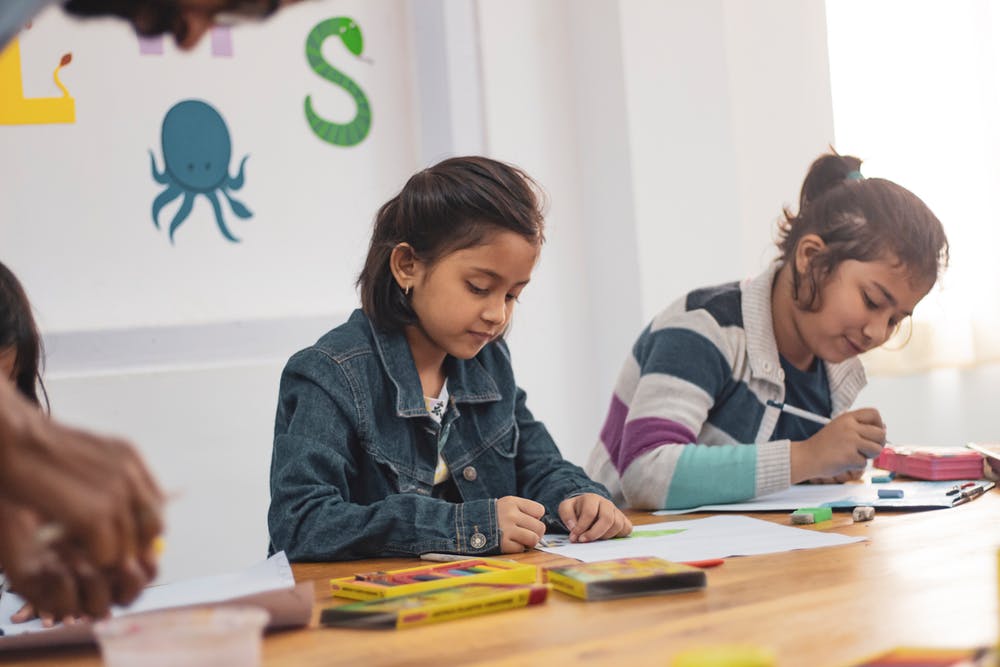
Reading Out Loud
Reading aloud to children has been found in studies to help them develop comprehension abilities. Children catch up on language clues through hearing words and customs like “once upon a time” and “a long time ago” repeated over and over. Kids are already familiar with the norms by the time they can read on their own, and they develop a greater grasp of books, tales, and how they are constructed.
I’ll go through several ways of improving comprehension while reading aloud in the section below. Before we begin, it is critical to select the appropriate book. The key factors for selecting the proper book are whether it has a nice plot and whether it is worth sharing with the student. As you read the narrative, make sure it is intriguing enough for the pupils to pay attention.
Many children’s novels address universal themes like believing in oneself, caring for one’s environment, and developing and fostering connections with family and friends.
The Techniques
Reading aloud is not primarily the responsibility of the instructor or parent. It is an interactive reading session in which the reader (teacher or parent) asks “think-aloud” questions that connect the tale and the kid. Think-aloud is the questions and remarks that bridge the gap between the tale and the kid. Educators and parents should make the necessary preparations for a successful read-aloud session.
Here are a few ideas:
- Connect to life experience – the instructor will offer questions that relate the tale to the learner’s recent experiences: “Charlie from Charlie and the Chocolate Factory was raising his grandchildren with his grandparents. I have never lived with mine, but I see them frequently. Do you pay visits to your grandparents?”
- Connect to other literature they have read – the instructor will relate the narrative being read aloud to stories that the children may be familiar with: “The protagonists of The Lion, the Witch, and the Wardrobe and Alice in Wonderland embark on an adventure in a new realm. Do you have any additional stories in which the main protagonists embark on adventures?”
- Connect to universal concepts: the instructor will identify and share a universal notion from the narrative with the class. The instructor may ask the students if they agree or disagree. This will help pupils to think about the tale they have read: “Matilda’s experience taught me that it is not acceptable to be cruel to others. Even if you are stronger than someone else, you can not just injure them. What are your opinions about the novel?”
Last Thoughts
Reading aloud to children aids in their comprehension. Students are taught to focus on tale aspects and link them to their own experiences through this practice. It aids children in developing a more in-depth grasp of a book.
Read-aloud sessions need the selection of an appropriate book, careful planning, and some practice, particularly if you are a teacher who wants to do this with a class. Keep in mind that read-aloud sessions are more about developing understanding by drawing connections than memorizing story aspects. Educators must be willing to stray somewhat off-track and off-topic from time to time.

Post a Comment